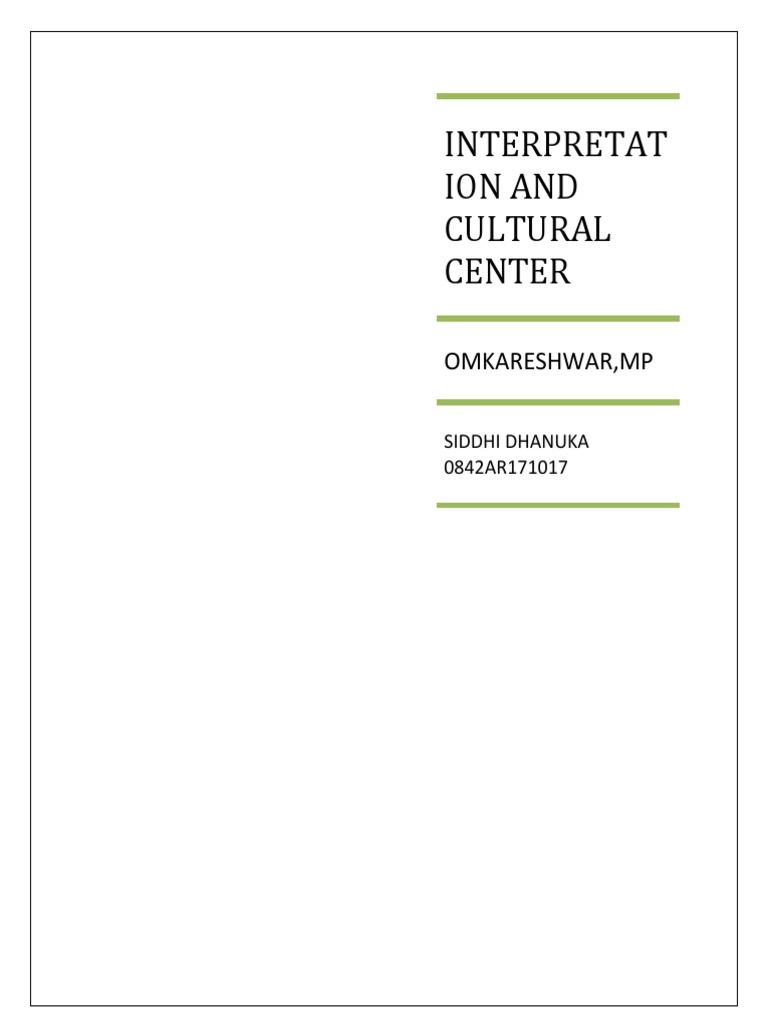Where is the center of the world? This playful yet profound question has intrigued individuals across cultures and epochs, eliciting a plethora of responses that range from the geographically empirical to the theologically sublime. From a Christian perspective, the concept of a “center” transcends mere geographic coordinates, delving into the realms of spiritual significance and cultural interpretations. In exploring this multifaceted notion, we embark on a journey that is as enlightening as it is thought-provoking.
Historically, the world’s center has often been identified based on various cultural and religious contexts. For instance, ancient cosmologies, particularly within the Judeo-Christian tradition, posited Jerusalem as the navel of the world—a sacred locus teeming with divine potency. This perspective, present in texts such as the Book of Ezekiel, underscores how the geographical centrality of a location can be imbued with spiritual gravitas. Jerusalem, perceived as the dwelling place of the divine, was not merely a dot on a map; it was, in the minds of the faithful, a foundational point of connection between heaven and earth.
Additionally, this notion expands into theological terrains, wherein Christ’s sacrifice forms a pivotal axis around which the entirety of human history pivots. His crucifixion and resurrection are not merely historical events; they are the culmination of God’s salvific plan for humanity and, thus, necessitate a reevaluation of what constitutes the center of the world. In this framework, the heart of the Christian faith is found not in a physical location but in a historical and spiritual reality that beckons all to participate in a transformative relationship with the divine.
While Jerusalem may have been deemed the geographical center, other cultures have called different places home as the organizational fulcrum of their worldviews. Consider the Islamic tradition, which reveres Mecca as the spiritual hub, underscoring the diverse interpretations of centrality in a global context. Furthermore, indigenous beliefs often describe the sacredness of local landscapes, with some tribes identifying specific mountains, rivers, or even flatlands as their world’s center. Such perspectives raise the question: if the world can have multiple centers, what does this say about our understanding of divinely chosen spaces?
This plurality of centers poses a dual challenge: first, it compels a recognition of the multiplicity of divine engagements across cultures, while simultaneously asserting the unique centrality of the Christian narrative in its claim to universal truth. The reconciliation of these contrasting ideas necessitates a nuanced appreciation of diverse faith expressions. It invites a discourse that acknowledges varying sacred geographies and cultural paradigms while still affirming the effectiveness of Christ’s redemptive work as the singular focal point for humanity.
Moreover, the metaphysical interpretation of a ‘center’ invites contemplation on personal and communal dimensions. The question arises: how can individuals ascertain their own centers in a rapidly changing world? Within Christian thought, the answer often lies in the practice of discernment. Through prayer, reflection, and engagement with Scripture, believers are beckoned to discover their unique centers—those values and convictions that align with the teachings of Christ. In doing so, one’s life is oriented towards what is deemed eternally significant rather than temporally fleeting.
Culturally, exploring the center of the world also necessitates examining contemporary societal shifts. The globalization of culture has fostered a conversation that traverses traditional boundaries and compels a reevaluation of what it means to be centered in Christ amidst pluralism. The early Church illustrated profound adaptability as it engaged with various cultural aspects. By recognizing that people might see their particular locality as ‘center,’ the Church can highlight how Christ’s message transcends both geographic and cultural divides, establishing a universal relevance that resonates with myriad audiences.
This leads to a broader consideration of how geography shapes spirituality. With a plethora of pilgrimages and sacred spaces scattered across the globe, each location presents unique encounters with the divine. For Christians, pilgrimage to sacred sites becomes a physical manifestation of the spiritual journey toward the ultimate center: communion with God through Christ. The act of pilgrimage not only marks devotion to a particular site but reflects an intrinsic desire within believers to locate themselves within the narrative of salvation history.
Yet, even amid such geographical and cultural reflections, we must pause to confront the existential discouragement that arises as one grapples with what it means to live out a Christian faith in an increasingly secular world. The question of “Where is the center of the world?” thus becomes a metaphorical inquiry into one’s identity and purpose. Centrality, therefore, is constantly in flux, shaped by individual convictions that oscillate between societal pressures and divine callings.
To culminate, the exploration of the world’s center through various cultural and geographical lenses reveals a tapestry that threads together history, theology, and personal narrative. For the Christian, the ultimate center is found in Christ—a truth that embraces the rich diversity of human experience while simultaneously inviting every individual into a relationship anchored in love and grace. It challenges us not merely to seek geographical locations, but to rediscover our place within God’s grand narrative, affirming that each person can indeed find their own center through faith, community, and the transformative power of the Gospel.
As we reflect on this multifaceted inquiry, let us embrace the challenge of engaging with the variety of perspectives that surround us. Through this, we may find a greater appreciation for the unity found in diversity, allowing us to journey together towards the true center of the world.



